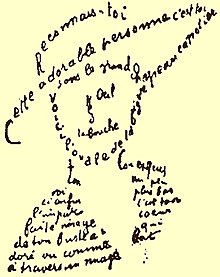
Li Bai, formerly pronounced Li Bo, courtesy name Taibai, was a Chinese poet acclaimed as one of the greatest and most important poets of the Tang dynasty and in Chinese history as a whole. He and his friend Du Fu (712–770) were two of the most prominent figures in the flourishing of Chinese poetry under the Tang dynasty, which is often called the "Golden Age of Chinese Poetry". The expression "Three Wonders" denotes Li Bai's poetry, Pei Min's swordplay, and Zhang Xu's calligraphy.

Calligraphy is a visual art related to writing. It is the design and execution of lettering with a pen, ink brush, or other writing instrument. Contemporary calligraphic practice can be defined as "the art of giving form to signs in an expressive, harmonious, and skillful manner".

Guillaume Apollinaire was a French poet, playwright, short story writer, novelist and art critic of Polish descent.
Surrealism in art, poetry, and literature uses numerous techniques and games to provide inspiration. Many of these are said to free imagination by producing a creative process free of conscious control. The importance of the unconscious as a source of inspiration is central to the nature of surrealism.
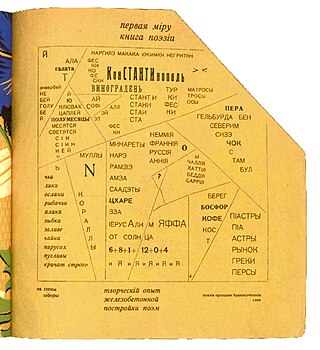
Concrete poetry is an arrangement of linguistic elements in which the typographical effect is more important in conveying meaning than verbal significance. It is sometimes referred to as visual poetry, a term that has now developed a distinct meaning of its own. Concrete poetry relates more to the visual than to the verbal arts although there is a considerable overlap in the kind of product to which it refers. Historically, however, concrete poetry has developed from a long tradition of shaped or patterned poems in which the words are arranged in such a way as to depict their subject.

Antonio Cipriano José María y Francisco de Santa Ana Machado y Ruiz, known as Antonio Machado, was a Spanish poet and one of the leading figures of the Spanish literary movement known as the Generation of '98. His work, initially modernist, evolved towards an intimate form of symbolism with romantic traits. He gradually developed a style characterised by both an engagement with humanity on one side and an almost Taoist contemplation of existence on the other, a synthesis that according to Machado echoed the most ancient popular wisdom. In Gerardo Diego's words, Machado "spoke in verse and lived in poetry."
Visual poetry is a style of poetry that incorporates graphic and visual design elements to convey its meaning. This style combines visual art and written expression to create new ways of presenting and interpreting poetry.
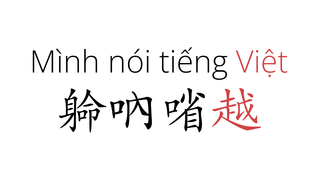
Spoken and written Vietnamese today uses the Latin script-based Vietnamese alphabet to represent native Vietnamese words, Vietnamese words which are of Chinese origin, and other foreign loanwords. Historically, Vietnamese literature was written by scholars using a combination of Chinese characters (Hán) and original Vietnamese characters (Nôm). From 111 BC up to the 20th century, Vietnamese literature was written in Văn ngôn using chữ Hán, and then also Nôm from the 13th century to 20th century.

Chinese calligraphy is the writing of Chinese characters as an art form, combining purely visual art and interpretation of the literary meaning. This type of expression has been widely practiced in China and has been generally held in high esteem across East Asia. Calligraphy is considered one of the four most-sought skills and hobbies of ancient Chinese literati, along with playing stringed musical instruments, the board game "Go", and painting. There are some general standardizations of the various styles of calligraphy in this tradition. Chinese calligraphy and ink and wash painting are closely related: they are accomplished using similar tools and techniques, and have a long history of shared artistry. Distinguishing features of Chinese painting and calligraphy include an emphasis on motion charged with dynamic life. According to Stanley-Baker, "Calligraphy is sheer life experienced through energy in motion that is registered as traces on silk or paper, with time and rhythm in shifting space its main ingredients." Calligraphy has also led to the development of many forms of art in China, including seal carving, ornate paperweights, and inkstones.

Japanese calligraphy, also called shūji (習字), is a form of calligraphy, or artistic writing, of the Japanese language. Written Japanese was originally based on Chinese characters only, but the advent of the hiragana and katakana Japanese syllabaries resulted in intrinsically Japanese calligraphy styles.
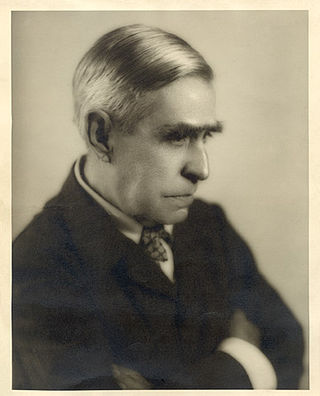
José Juan de Aguilar Acuña Tablada was a Mexican poet, art critic and, for a brief period, diplomat. A pioneer of oriental studies, and champion of Mexican art, he spent a good portion of his life living abroad. As a poet, his work spans from the fin-de-siècle style to avant-garde experimentalism. He was an influential early writer of Spanish-language haiku.

Asemic writing is a wordless open semantic form of writing. The word asemic means "having no specific semantic content", or "without the smallest unit of meaning". With the non-specificity of asemic writing there comes a vacuum of meaning, which is left for the reader to fill in and interpret. All of this is similar to the way one would deduce meaning from an abstract work of art. Where asemic writing distinguishes itself among traditions of abstract art is in the asemic author's use of gestural constraint, and the retention of physical characteristics of writing such as lines and symbols. Asemic writing is a hybrid art form that fuses text and image into a unity, and then sets it free to arbitrary subjective interpretations. It may be compared to free writing or writing for its own sake, instead of writing to produce verbal context. The open nature of asemic works allows for meaning to occur across linguistic understanding; an asemic text may be "read" in a similar fashion regardless of the reader's natural language. Multiple meanings for the same symbolism are another possibility for an asemic work, that is, asemic writing can be polysemantic or have zero meaning, infinite meanings, or its meaning can evolve over time. Asemic works leave for the reader to decide how to translate and explore an asemic text; in this sense, the reader becomes co-creator of the asemic work.

Guillermo de Torre Ballesteros was a Spanish essayist, poet and literary critic, a Dadaist and member of the Generation of '27. He is also notable as the brother-in-law of the Argentine writer Jorge Luis Borges.
Nationality words link to articles with information on the nation's poetry or literature.
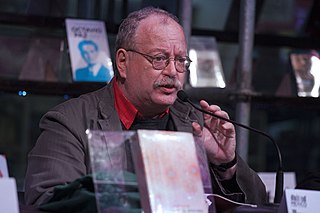
Jorge Fondebrider is an Argentinian poet, critic and translator.
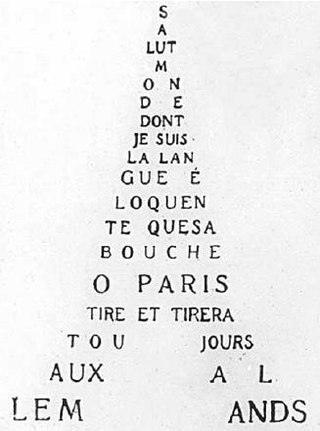
Calligrammes: Poems of Peace and War 1913-1916, is a collection of poems by Guillaume Apollinaire which was first published in 1918. Calligrammes is noted for how the typeface and spatial arrangement of the words on a page plays just as much of a role in the meaning of each poem as the words themselves – a form called a calligram. In this sense, the collection can be seen as either concrete poetry or visual poetry. Apollinaire described his work as follows:
The Calligrammes are an idealisation of free verse poetry and typographical precision in an era when typography is reaching a brilliant end to its career, at the dawn of the new means of reproduction that are the cinema and the phonograph.
René Taupin was a French translator, critic, and academic who lived most of his life in the United States and is best known for heading the Romance Languages department at Hunter College.

291 was an arts and literary magazine that was published from 1915 to 1916 in New York City. It was created and published by a group of four individuals: photographer/modern art promoter Alfred Stieglitz, artist Marius de Zayas, art collector/journalist/poet Agnes E. Meyer and photographer/critic/arts patron Paul Haviland. Initially intended as a way to bring attention to Stieglitz's gallery of the same name (291), it soon became a work of art in itself. The magazine published original art work, essays, poems and commentaries by Francis Picabia, John Marin, Max Jacob, Georges Ribemont-Dessaignes, de Zayas, Stieglitz and other avant-garde artists and writers of the time, and it is credited with being the publication that introduced visual poetry to the United States.

Francisco Xavier Alarcón was a Chicano poet and educator. He was one of the few Chicano poets to have "gained recognition while writing mostly in Spanish" within the United States. His poems have been also translated into Irish and Swedish. He made many guest appearances at public schools so that he could help inspire and influence young people to write their own poetry especially because he felt that children are "natural poets."
Mirta Rosenberg was an Argentine poet and translator.
